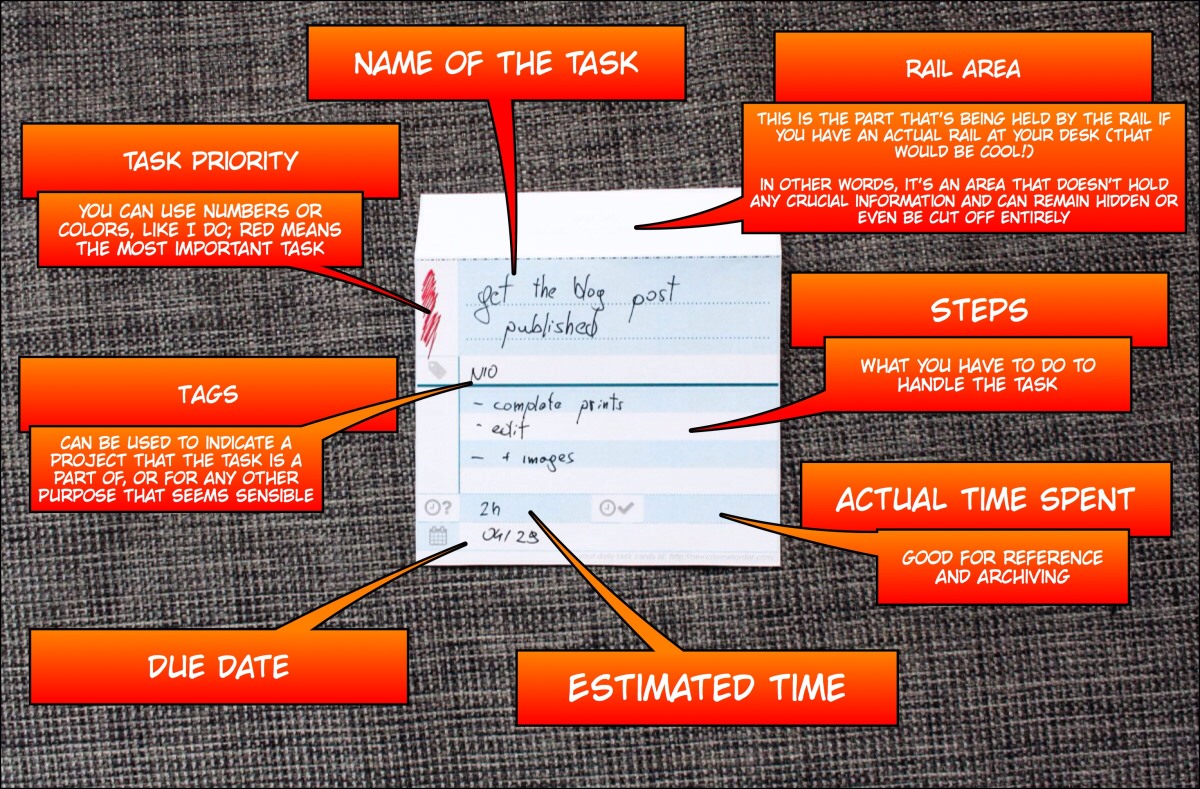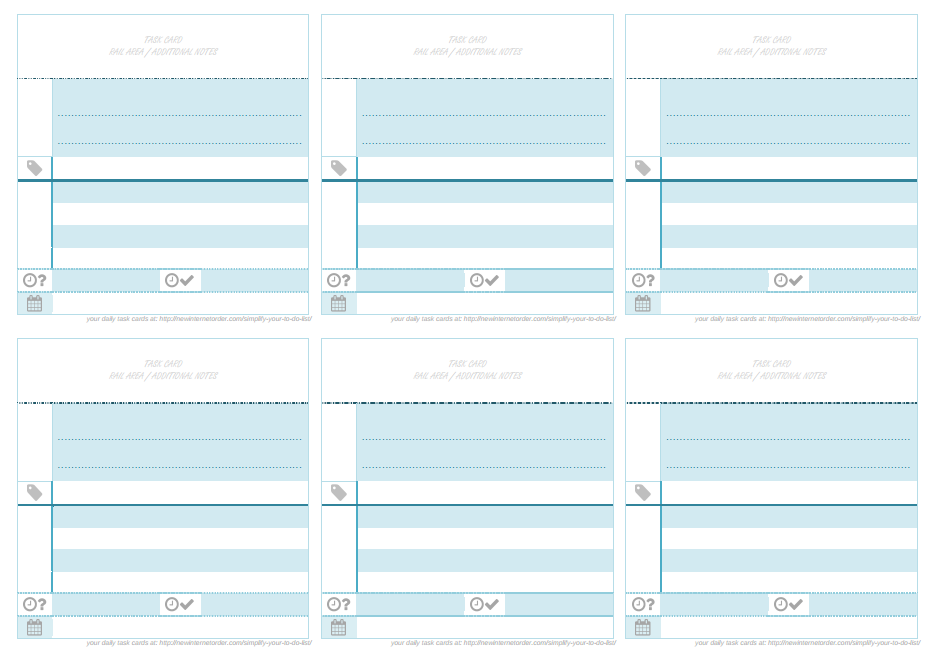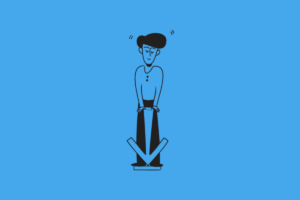Tips that save time.
I need to confess something to you.
Remember the big comparison feature I did on the top productivity / to-do tools out there?
Well, shortly after publishing it, I went all the way back to full caveman style, handling my to-do lists on paper. You know, as in dead trees. Not an app called Paper or whatever.
So yeah, pretty offline. Actually as offline as it can get.
But why?
The superiority of paper
Quite randomly, I stumbled upon this video by Neville from AppSumo -»
His method – using just a legal pad – seemed like an efficient and interesting one, so I’ve decided to give it a go.
And boy was I in love with it from literally task one!
If I were to point out a single reason why paper to-dos still manage to be more efficient than apps, it would have to be the simplicity of paper.
When you look at it, a to-do list shouldn’t have a big learning curve. You should just be able to use it right away because in the grand scheme of things, the to-do list itself is not important. It’s the tasks that are listed on it that are important.
Paper is something everyone can use, and with some general guidelines, they can use it very effectively. There’s very little learning curve.
The problems with apps
Apart from the steep learning curve of most apps, there’s also something that’s potentially even more problematic.
And that is the implied encouragement to cramp your list with 10-20 tasks at a time (for a single day’s worth of work).
It’s the design of the screen, the structure, and the functionality that encourages us to do so.
Just look at the following example. It’s my all-time-favorite app for to-dos – Remember The Milk (by the way, it’s still THE top app in my opinion, so if you’d like to stay with apps, I strongly encourage you to test it out).
This’s been taken on a 1920p HD screen. Just notice how much space there is. The app is literally begging for you to fill it out with more and more tasks.
This isn’t healthy.
And it sure as hell ain’t productive.
There’s no such problem with paper. You can only fit so much stuff on a piece of paper.
Why you shouldn’t have too many tasks on your list
So you can pretty much already see where I’m going with this whole message. It’s this:
The main idea is to not have too many tasks on your to-do list.
I don’t know why that’s the case; maybe it’s human nature or something, but chances are that if you have 15+ tasks on your list, you will do almost next to nothing during that day.
But if you have just, say, five then you’re very likely to take care of them all.
“But Karol, I have to do more during my day than just five things!”
-says you.
Okay, I get that … but you’re wrong.
And please don’t get all defensive with me; I was there too!
I too thought that I needed to handle 15+ things at the minimum each day, or the world would stahhppp!
However, every interview and every podcast I listened to kept trying to teach me otherwise. I mean, there were all those successful business people on the air talking about pretty much the same productivity method again and again. It went something like this:
Have just one crucial task per day – the task that needs to be done no matter what. And apart from that have only 2-4 more side tasks.
Don’t do anything that doesn’t get you closer to your goals, and don’t add more tasks after you’re done with the initial set.
Now here’s the thing – and also the thought I had in the back of my head – if those uber-successful people can build their legacy on just 3-5 tasks per day then why can’t I, damn it?!
Or maybe I can?
Eventually, and inevitably, I’ve decided to give this a go. And guess what, it does work!
I’m way more productive doing just 3-5 tasks every day than I’ve ever been trying to plan for 10+.
The paper to-do solution
So finally, after friggin’ 700 words of introduction, here’s one of the two productivity solutions I want to share with you.
(The other one will go live as a guest post shortly, I will keep you informed. I know that there’s no one-size-fits-all solution for everyone, so I want to give you two alternatives. Both paper-based and both effective.)
The one I have for you here is called:
the daily action cards (or the daily task cards)
The idea is to follow the process that’s used in most restaurants. I know, weird, but hear me out.
In a restaurant, there’s often an area called the pass. It’s where the final plating is done, and it’s also where you can find the check rail. Looks like this:

So with the daily action cards, we’re creating something very similar. Here’s my actual setup with the task rail:
Each card represents a single (yet not all that simple) task. When the task is done, the card can be discarded or kept for reference.
Let’s break down an individual card:

Here’s the download link for the printouts (no opt-in … but please do opt in if you like this stuff; I have way more goodies waiting on the other side).
It’s a PDF. Just print it out on a standard A4 sheet of paper. Each page holds 6 cards.

By the way, when doing my research, I found that Dave Seah designed something similar a couple of years ago. Feel free to check it out if my version is not 100 percent up your alley.
11 Comments
Comments are closed.






what a nice and informational post Karol.
I am completely convinced that paper to do list is the way to go
and now i am going to give it a try too.
Yeah, it’s kind of surprising, but the simplicity of paper makes it really effective for many things, even in comparison with some modern day apps.
Thank you! I had seen the video of Neville’s to do list a while back, but forgot about it. I’ve always found writing on paper helps me to think and focus. The action notes seem handy to post on your computer while working too.
Paper is the ultimate productivity hack for me. And it’s somewhat strange, to be honest. I mean, here we are … 2014 … and solutions as old school as paper are still superior.
I’ve recently become enamored of index cards.
— Cheap enough (a) to throw away without shedding any tears, and (b) to not worry overly much about “mess-ups”, errors, cross-outs, etc. {I’m a perfectionist so this matters}.
— Small enough (a) to force concise notation, (b) to keep the list from become unwieldy, and (c) to easily fit in a bag or clip to my family wall calendar.
The index card thing was brought to my attention via a particular zen-doodle challenge which urges one to spend 15 minutes per day being creative and artsy-fartsy. Doodling on a small piece of scrap somehow frees up inhibitions, because who cares if you screw up on an index card? Brilliant concept, and I now use them for everything, from doodling to grocery lists to agendas {to-do lists} to notes for my book to gratitude challenges to gentle reminders taped to the mirror telling my hubz to pick his dirty laundry up off the gawt-damn floor.
Batteries die; electronic devices aren’t always charged; power sometimes goes out; plugs get frazzled by the persnickety cord-chewing cat. But paper! Paper will always be there. Well, until, you know, we kill all the forests. But that’s another post for another day! 🙂
All of this is my extremely long-winded way of saying, “Amen, Brother!”
Thanks for this insightful comment. I can only agree with everything you’re saying!
And don’t get me wrong, I love apps and use a ton of them. But when it comes down to the drop-dead basic list of things I need to get done during the day … paper it is.
Paper just sits there on my desk … staring at me and not letting itself be “minimized” by clicking some button.
Thanks for sharing a method that isn’t just, “write down on paper and start doing.” I think if more people were inclined to go in-depth beyond the whole just using paper theory everyone might take it a bit more seriously. This concept of yours feels almost like an application and I think that is what is so alluring about it.
I’m doing just fine with my Trello boards at the moment and have no intention of switching but wanted to let you know how much I appreciate an in-depth paper to-do list.
Thanks!
I guess you’re right, it does look like a kind of off-line app to some extent.
Interesting. Is there something about the actual tactile, physical act of putting pen (or pencil) to paper to write down your tasks that makes this better?
Mainly the fact that you then see the notes on your desk. I know that this point of view isn’t objective in any way, but it just works for me better than relying primarily on apps (although I use some of them too).
Yep – just ONE way of doing a Todo list … not the ONLY way. I average 20 items per day on my Todo list. I do this by managing my actionable items (thank you GTD.) This is not something that is helped by paper. Do not feel like paper is the answer if you are actually working on multiple projects per day – you might have 20 or more items that need to be completed each day … work with whatever medium works best for you. Paper works for this guy … Google Tasks works for me. Figure out what works for you!